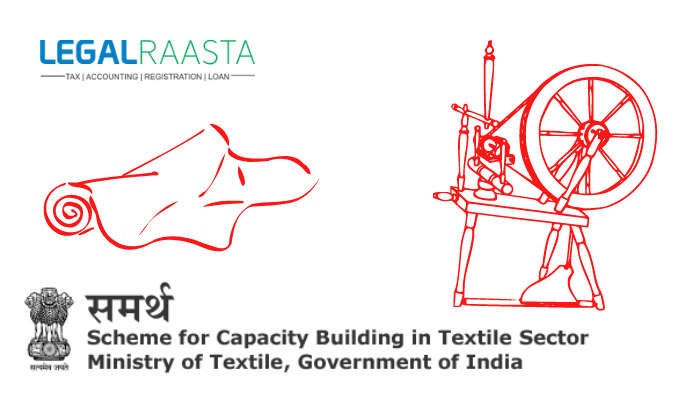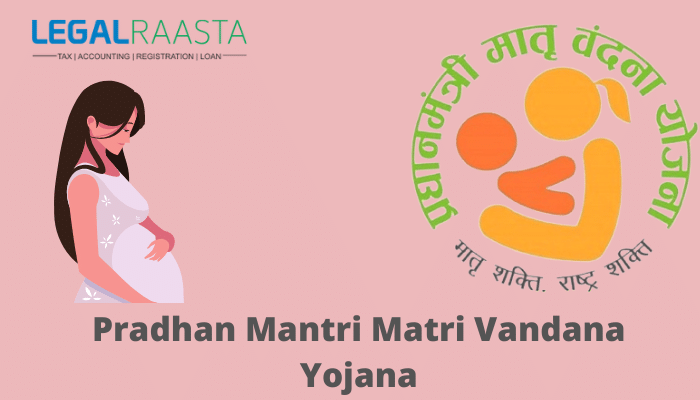Samarth Scheme
The textile and clothing industry is one of India's most rudimentary industries. Its entire value chain, from clothing fibers to apparel production, has a strong presence in the country. After agriculture, it is the second largest employer. The government authorised the 'Scheme for Capacity Building in Textile Sector' to fill the talent gap in the textile industry and support efforts started under the Special Package for Garments and Made-ups (SCBTS). Except for weaving and spinning in the organised sector, the SCBTS has been certified for the whole textile value chain. The SCBTS was launched with a three-year budget of Rs.1,300 crore, spanning 2017-18 to 2019-20. 'Samarth' is the current name for the SCBTS. The Samarth scheme has the general goal of equipping young people with the skills they need to find long-term employment in the textile industry. The Samarth scheme signifies the broad objective of providing skill to the youth for sustainable and gainful employment in the textile sector.
Objectives of Samarth Scheme
- Offering demand-driven and placement-oriented National Skills Qualifications Framework (NSQF) compatible skilling programs to support and incentivize the textile industry's efforts to develop jobs in organised textile and allied industries.
- Promote skill up-grading and skilling in traditional handicrafts, sericulture, handlooms, and jute industries.
- To provide a sustainable living to all part of society in India, whether through self-employment or wage employment.
The primary objective of the Scheme is to provide skill enhancement training/up gradation training to the artisans, weavers, technicians etc. working in the textile and apparels sector. The Scheme aims to provide skill enhancement training/up gradation training for people working in the different segments of textile /apparel value chain, including hand loom weavers, power loom weavers, technicians ,Dyers, Engineers working in different areas like yarn production & processing units, fabric production units, apparel production units etc.
What are the benefits of Samarth Scheme?
The Scheme provides for skill upgradation/training to people across levels viz., artisans (operators, technicians), weavers (traditional and power) and other stakeholders working in different segments of textile value chain like yarn manufacturing, processing / fabric manufacturing / apparel manufacturing / product development units etc.
This scheme is helping the artisans, technicians and weavers to acquire knowledge which would help them in adopting latest technological advancements. It aims to upgrade their knowledge base to equip them for better employment opportunities or self-employment. They will also be able upgrade their skills through this scheme which will improve their earning capacity.
Samarth Scheme application procedure
Interested applicant can apply for the Samarth scheme to participate in training and skilling programs in the textile and garment industries in order to improve their career possibilities. The application procedure is as follows:
- Go to the Samarth scheme's official website.
- On the right-hand corner of the home page, select 'Candidate Registration.'
- The 'Candidate Enquiry Form' will appear on the screen. On the 'Candidate Enquiry Form,' input your name, date of birth, e-mail, cellphone number, state, address, district, and training center, then click the 'Submit' button to finish the online application process.
Trainees under the Samarth Program
The applicants/trainees who have applied for this plan are selected and mobilised by the implementing agency. The implementing agencies choose the trainees in a transparent manner, offering the chance to anybody who is interested while taking in mind the needs of the textile sector and other stakeholders.
When selecting trainees, priority is given to marginalised social groups such as SC/ST, women, minorities, BPL category individuals, differently-abled individuals, and the 115 aspirational districts identified by the NITI Aayog.
Implementation of Samarth Scheme
The Samarth scheme aims to train ten lakh people, with nine lakh coming from the organised sector and one lakh from the traditional sector. The whole structure for implementing the Samarth scheme, including costs for capacity-building programs, is matched with the Ministry of Skill Development and Entrepreneurship's (MSDE) policy framework for skill development, Common Norms, etc.
The Entry-level courses and the Training of Trainers (ToT) program are part of this program. The official website contains a list of courses available under the Samarth system. The following strategy is used in this scheme:
- A biometric attendance system with a minimum of 80% attendance for assessment was enabled by Aadhaar.
- Training offered by Resource Support Agency (RSA) / Sector Skill Councils (SSCs) certified trainers with a Training of Trainers (ToT) certification
- CCTV cameras were used to record the entire assessment process and training programs.
- Assessment and certification by third-party assessment bodies appointed by the RSA.
- A placement-linked skilling program with a one-year post-placement tracking period and required paid employment in the organised and traditional sectors.
- Randomly physical verification of active training centers
- Courses that follow the NSQF.
- On the Ministry of Textiles website, there is robust real-time scheme information and MIS.
- A call center, which is a helpline set up to collect feedback.
- A mobile app for multiple stakeholders to make the implementation and monitoring process go more smoothly.
- Public grievance settlement with a Ministry of Textiles Grievance Redressal Officer.
- Funding in accordance with standard procedures and uniform branding in accordance with MSDE rules.
- Under the Pradhan Mantri Mudra Yojana, trainees can get a low-interest loan to start their own business.
Implementing Agencies under Samarth Program
The following are the implementing agencies that will carry out the Samarth scheme's skilling programms:
- Textile industry;
- Ministry of Textiles institutions or organisations;
- State governments with placement tie-ups and training infrastructure with the textile sector.
- Reputable training institutions, societies, NGOs, organisations, trusts, companies, startups, and entrepreneurs involved in the textile industry and with placement ties-ins.
Related posts
Sankalp Scheme
New Changes In Custom Duties In Budget 2021 To Promote Domestic Manufacturing










